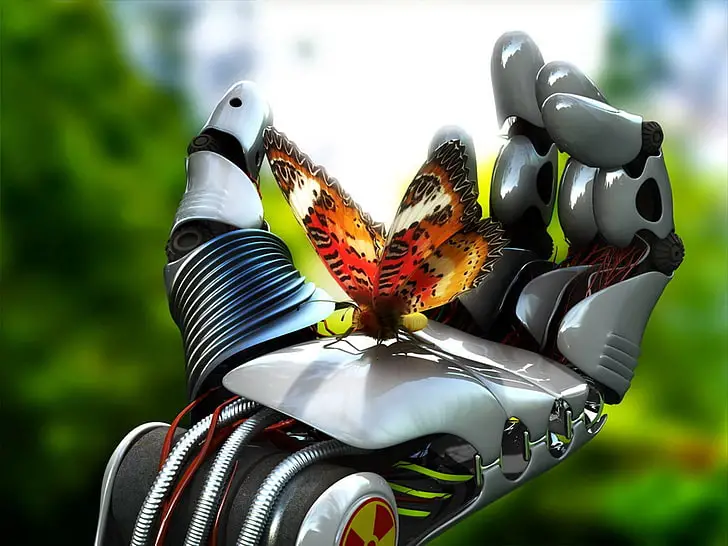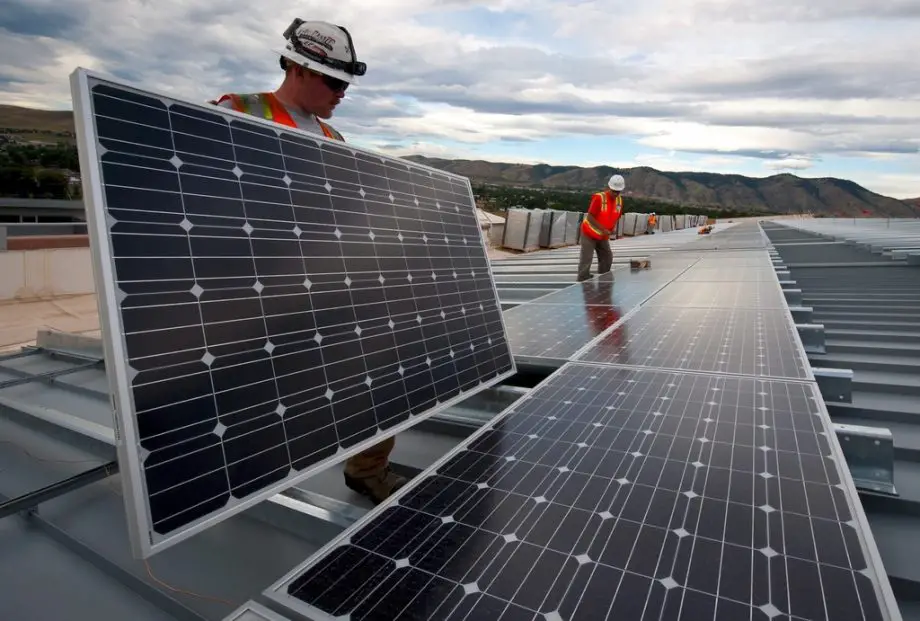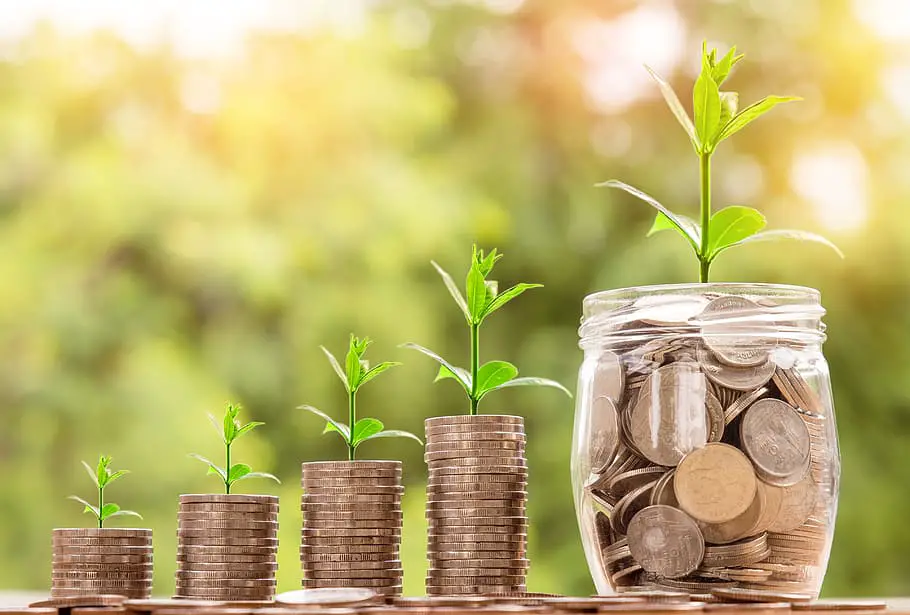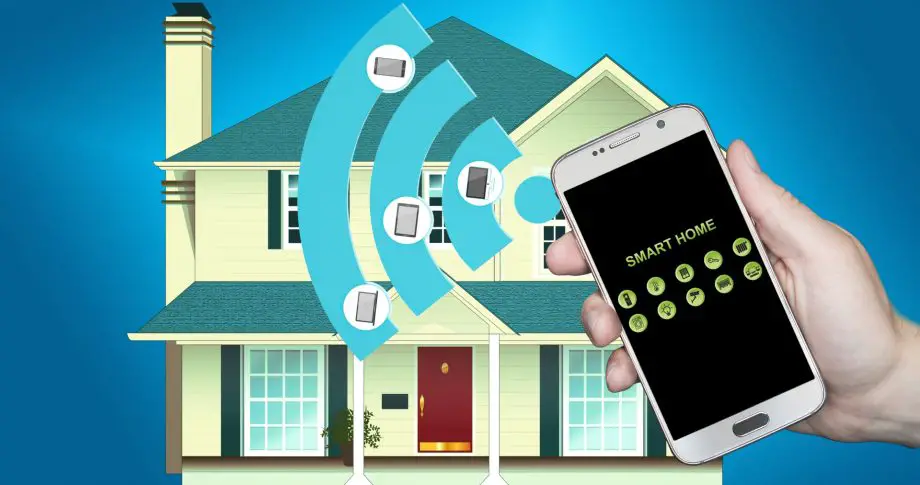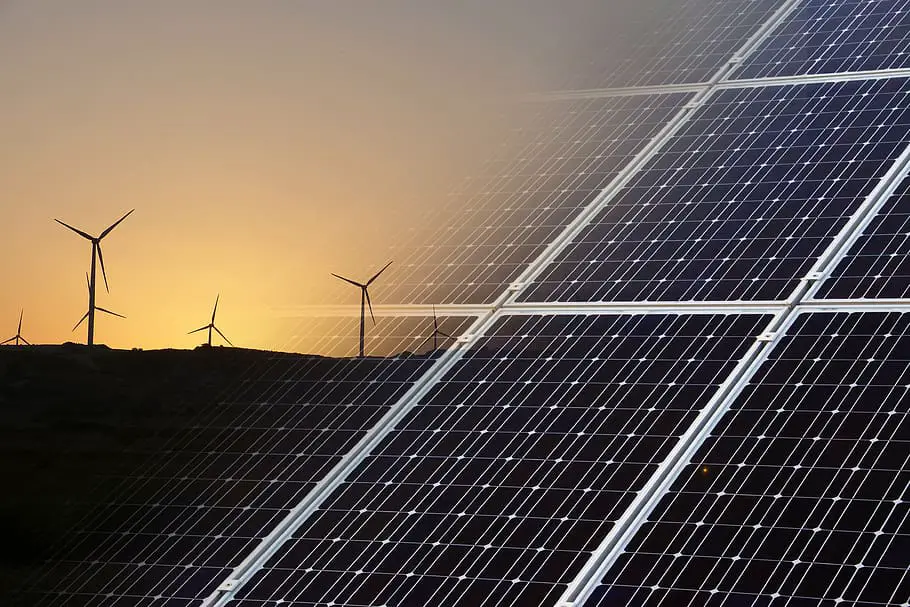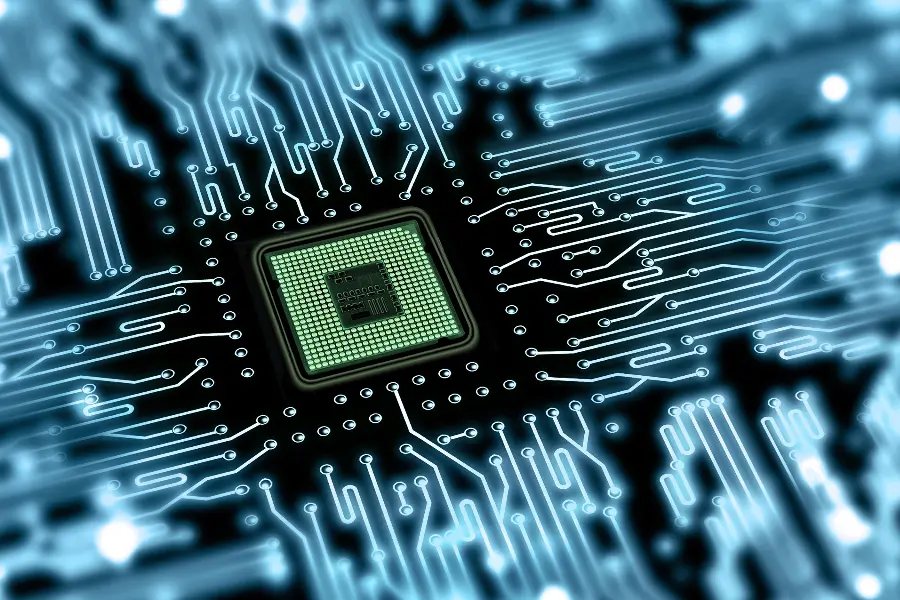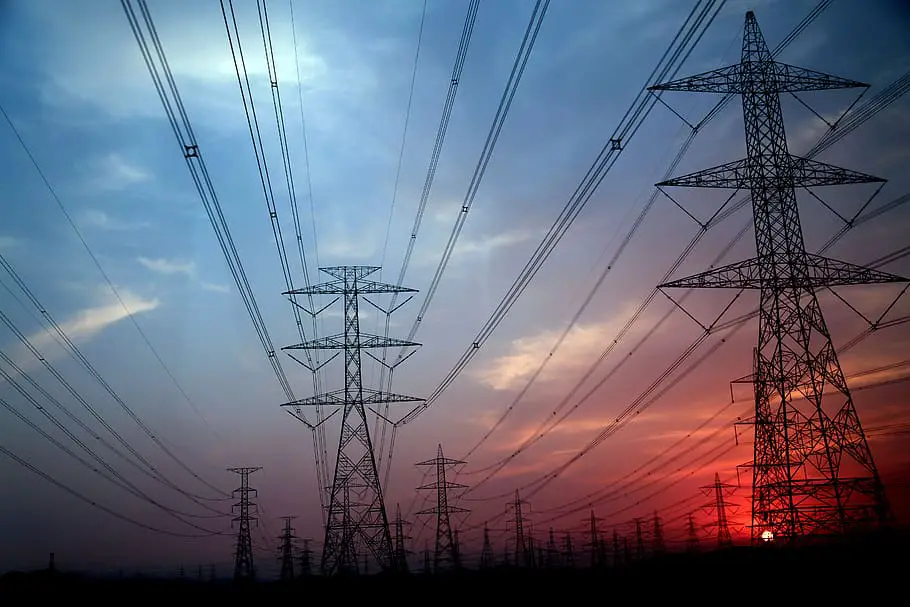
Discover the transformative Impact of Green Technology on Energy Efficiency.
Dive into how it’s reshaping our economy, environment, and future trends.
Ever wondered about the Impact of Green Technology on Energy Efficiency?
It’s like a backstage pass to a brighter, more sustainable future. This isn’t just about saving a few bucks on your energy bill or getting a pat on the back for being eco-friendly.
It’s about a revolution in how we power our lives, from the devices in our hands to the cities we live in. So, let’s dive in and explore this fascinating world together, shall we?
Impact of Green Technology on Energy Efficiency
Welcome to our deep dive into the Impact of Green Technology on Energy Efficiency.
This isn’t just a buzzword-filled trend, but a game-changing shift that’s reshaping our world.
From the economic benefits of green technology to its role in reducing carbon emissions, we’re going to explore it all.
We’ll also look at real-world examples, and future trends, and even tackle some of your burning questions.
So, buckle up and get ready for an enlightening journey into the heart of green technology and energy efficiency!
Definition of Green Technology
Let’s start with the basics, shall we? Green technology, also known as clean technology or environmental technology, is all about using science and innovation to create products and services that are environmentally friendly.
It’s like giving Mother Nature a high-tech upgrade! This can involve everything from renewable energy sources like wind and solar power, to products made from recycled materials, to energy-efficient appliances that help us do more with less.
The goal? To reduce our impact on the environment, conserve natural resources, and create a more sustainable future. Pretty cool, right?
Brief Overview of Energy Efficiency
Now, let’s chat about energy efficiency. Imagine you have a car that gets 50 miles per gallon instead of 25.
That’s energy efficiency in action! It’s all about getting the same (or better) results using less energy.
This could mean anything from LED light bulbs that provide the same amount of light for less electricity, to buildings designed to stay cool in the summer and warm in the winter without needing as much heating or air conditioning.
Energy efficiency is a key part of green technology, and it’s a powerful tool for reducing our energy consumption, saving money, and fighting climate change.
And the best part? It often involves simple changes that we can all make in our daily lives.
The Role of Green Technology in Energy Efficiency
Alright, now that we’ve got our definitions down, let’s delve into the heart of the matter, the role of green technology in energy efficiency.
It’s like a superhero duo, where each one’s powers complement the other’s.
Green technology brings innovative solutions, and energy efficiency ensures we’re making the most of our resources.
Together, they’re transforming the way we live, work, and play.
So, let’s roll up our sleeves and explore how this dynamic duo is making a big splash in our world.
How Green Technology Enhances Energy Efficiency
So, how does green technology boost energy efficiency? Well, it’s all about smarter design and innovative solutions.
Green technology introduces new ways to generate power, like solar panels and wind turbines, that harness renewable resources instead of relying on fossil fuels.
But it doesn’t stop there. It also includes energy-efficient appliances that use less electricity, buildings designed to take advantage of natural light and heat, and even electric cars that can travel further on less energy.
By focusing on sustainability and efficiency, green technology helps us do more with less, reducing our energy consumption and our impact on the environment. It’s like getting a double win!
Examples of Green Technology Contributing to Energy Efficiency
Now, let’s look at some real-world examples of green technology in action.
Solar panels are a great one. They convert sunlight directly into electricity, providing a renewable and clean source of energy that can power everything from homes to businesses.
And the best part? The sun isn’t going anywhere anytime soon, making it a reliable and sustainable energy source.
Then there’s LED lighting. Compared to traditional incandescent bulbs, LEDs use significantly less energy to produce the same amount of light, making them a shining example of energy efficiency.
And let’s not forget about electric cars. They’re not just cool gadgets from sci-fi movies.
They’re real, practical vehicles that run on electricity instead of gasoline.
This means they emit no tailpipe pollutants and, when charged from renewable energy sources, can be virtually carbon-free.
These are just a few examples, but they show how green technology is making a big difference in energy efficiency.
It’s exciting to think about what other innovations the future might bring!
Impact on Economy
Ready to dive into the economic side of things? It’s time to talk about the impact of green technology and energy efficiency on the economy.
You might be thinking, Wait, what does the environment have to do with the economy?
Well, quite a lot, actually! From creating jobs to reducing costs, the green tech revolution is having a major impact on our wallets as well as our planet.
So, let’s get down to business and explore how going green is not just good for the Earth, but also for our economy.
Economic Benefits of Green Technology
Let’s talk money. Green technology isn’t just about saving the planet, it’s also about boosting our economy.
How, you ask? Well, for starters, green technology is a rapidly growing industry.
From manufacturing solar panels to developing energy-efficient appliances, these sectors are creating jobs and driving economic growth.
But the benefits don’t stop there. Green technology also helps us save money in the long run.
Think about it. Energy-efficient appliances might cost a bit more upfront, but they use less electricity, which means lower utility bills over time.
The same goes for homes and buildings designed to be energy efficient.
They might require a larger initial investment, but the savings in heating and cooling costs can be significant.
Plus, green technology can help reduce our reliance on fossil fuels, which are not only harmful to the environment but also subject to volatile price fluctuations.
By investing in renewable energy sources, we can achieve more stable energy costs and even become energy independent.
How Energy Efficiency Can Boost the Economy
Now, let’s turn our attention to energy efficiency. At first glance, it might seem like a purely environmental concern, but it has some serious economic perks too.
For one, energy efficiency can lead to substantial cost savings for both individuals and businesses.
By using less energy to perform the same tasks, we can significantly reduce our utility bills.
These savings can then be invested back into the economy, helping to stimulate growth.
Energy efficiency also creates jobs.
From retrofitting buildings to be more energy efficient, to manufacturing energy-efficient appliances and vehicles, these activities require skilled labor, creating new job opportunities.
Moreover, energy efficiency can help reduce the demand for energy, which can have a positive impact on energy prices.
Less demand for energy means less need to build expensive power plants, which can help keep energy prices stable.
In short, energy efficiency and green technology go hand in hand, both contributing to a stronger and more sustainable economy. It’s a win-win situation!
Environmental Impact
Now that we’ve covered the economic side of things, let’s shift gears and talk about the environmental impact.
After all, green technology and energy efficiency are all about creating a healthier, more sustainable planet.
But what does that really mean? How does using less energy or switching to renewable sources make a difference to our environment?
Well, grab your eco-friendly thinking caps, because we’re about to dive into the nitty-gritty of how green technology and energy efficiency are helping us protect our precious planet.
Reduction in Carbon Emissions
First up, let’s talk about carbon emissions. You’ve probably heard about how they’re contributing to climate change, right?
Well, green technology and energy efficiency are two of the most effective tools we have to reduce these emissions.
For instance, renewable energy sources like wind and solar power produce electricity without releasing any carbon dioxide.
That’s a big deal when you consider that electricity production is one of the largest sources of greenhouse gas emissions globally.
Energy-efficient appliances and buildings also play a crucial role.
By using less energy, they indirectly reduce carbon emissions by decreasing the demand for electricity.
This means fewer fossil fuels are burned to generate that electricity.
So, every time we choose a LED light bulb over an incandescent one, or opt for a solar panel instead of relying solely on the grid, we’re helping to reduce carbon emissions.
It’s like casting a vote for a cleaner, healthier planet!
Contribution to Sustainable Development
Now, let’s move on to sustainable development. This is all about meeting our current needs without compromising the ability of future generations to meet theirs.
And guess what? Green technology and energy efficiency are key players in this field.
By promoting the use of renewable resources and reducing our energy consumption, green technology helps ensure that we don’t exhaust our planet’s resources.
It’s about creating a balance, where we live comfortably and progress technologically, but not at the expense of our environment.
Energy efficiency contributes to this by helping us get more out of the resources we have.
It’s like squeezing every last drop of juice out of an orange. By making our homes, vehicles, and appliances more energy-efficient, we’re able to do the same things while using less energy.
In other words, green technology and energy efficiency aren’t just helping us live greener lives today.
They’re also paving the way for a more sustainable future. And that’s something we can all feel good about!
Case Studies of Green Technology and Energy Efficiency
Alright, we’ve talked a lot about the theory behind green technology and energy efficiency.
But what does this look like in practice? How are these concepts being applied in the real world?
Well, you’re in luck, because we’re about to explore some fascinating case studies.
From innovative companies to entire cities going green, these examples will show you just how powerful and transformative green technology and energy efficiency can be.
So, let’s dive in and see these concepts in action!
Real-World Examples of the Impact of Green Technology on Energy Efficiency
Let’s take a look at some real-world examples that showcase the impact of green technology on energy efficiency.
Google’s Green Energy Investments: Google, the tech giant, is a great example of a company that’s making significant strides in green technology.
They’ve committed to operating on 24/7 carbon-free energy in all their data centers and campuses worldwide by 2030.
They’re achieving this by investing in wind and solar energy projects and using AI to optimize their energy use.
This not only reduces their carbon footprint but also saves them a significant amount on energy costs.
The City of Copenhagen: The Danish capital is another fantastic example. Copenhagen has set a goal to become carbon-neutral by 2025.
They’re working towards this by investing in wind energy, promoting the use of bicycles over cars, and implementing energy-efficient measures in buildings throughout the city.
Tesla’s Electric Cars: Tesla has revolutionized the auto industry with its electric cars.
These vehicles are not only powered by renewable energy (when charged from a renewable source), but they’re also incredibly energy-efficient, using most of the energy they consume to power the car, unlike traditional vehicles where a lot of energy is wasted.
The Empire State Building: This iconic building underwent a major retrofit in 2010 to improve its energy efficiency.
Changes included upgrading windows, enhancing insulation, and installing smart building systems to manage energy use.
As a result, the building reduced its energy consumption by almost 40%, showing that green technology isn’t just for new buildings!
These examples show that green technology and energy efficiency aren’t just theoretical concepts.
They’re practical solutions that are being implemented right now, with impressive results.
And they’re not just good for the environment, they’re also good for the bottom line!
Future Trends in Green Technology and Energy Efficiency
Having seen the impact of green technology and energy efficiency in action, it’s time to gaze into the crystal ball and explore what the future holds.
What new innovations and trends can we expect to see in the coming years? How will they shape our world and the way we live?
From advancements in renewable energy to new ways of improving energy efficiency, the future looks bright and green.
So, let’s take a leap into the future and see what’s on the horizon in the world of green technology and energy efficiency.
Predicted Advancements in Green Technology
As we look to the future, there are several exciting advancements on the horizon in the world of green technology.
More Efficient Solar Panels: Solar energy is already a game-changer, but ongoing research promises to make solar panels even more efficient and affordable.
This includes the development of perovskite solar cells, which are cheaper and easier to manufacture than traditional silicon cells and have the potential to be more efficient.
Energy Storage: As we rely more on renewable energy, finding efficient ways to store this energy for when it’s needed is crucial.
Advancements in battery technology, including the development of solid-state batteries, could revolutionize energy storage, making renewable energy even more viable.
Smart Grids: The future of green technology also includes smarter energy grids that can integrate renewable sources, manage energy demand, and even fix themselves when there’s an outage.
The Future of Energy Efficiency
When it comes to energy efficiency, the future is all about doing more with less.
Smart Homes: Imagine a home that automatically adjusts the lighting and temperature based on your preferences and the time of day, or appliances that run when energy demand (and prices) are lowest.
This is the promise of smart homes, and it could significantly reduce our energy consumption.
Energy-Efficient Transportation: From electric cars to more efficient public transportation systems, there’s a lot of room for improvement in how we get around.
As electric vehicles become more affordable and charging infrastructure improves, we can expect to see more of them on the road.
Industrial Energy Efficiency: Industries consume a lot of energy, but new technologies and practices, like using AI to optimize energy use, could lead to significant reductions.
In short, the future of green technology and energy efficiency is full of potential.
With ongoing advancements, we can look forward to a world where we live in harmony with our environment, using our resources wisely and minimizing our impact on the planet.
Impact of Green Technology on Energy Efficiency FAQs
By now, you’re probably brimming with knowledge about green technology and energy efficiency.
But maybe you’ve still got a few questions niggling at the back of your mind.
Well, you’re in luck, because we’re about to tackle some of the most frequently asked questions about these topics.
From the impact of green technology to the benefits of energy efficiency, we’ve got you covered.
So, let’s dive into the FAQs and quench your thirst for knowledge!
Q: What is the impact of green technology?
A: Green technology has a profound impact on our world. It helps reduce our carbon footprint by promoting the use of renewable energy sources and reducing our reliance on fossil fuels.
It also leads to significant energy savings, both for individuals and businesses, through energy-efficient appliances and buildings.
Moreover, green technology drives economic growth by creating jobs and stimulating innovation in a rapidly growing industry.
Q: How does green technology help humans?
A: Green technology benefits humans in numerous ways. It improves our quality of life by creating a cleaner, healthier environment. It saves us money by reducing energy costs.
It also creates jobs and drives economic growth. Plus, by combating climate change, green technology helps ensure a sustainable future for generations to come.
Q: What are energy-efficient green technologies?
A: Energy-efficient green technologies are those that help us do more with less energy.
This includes everything from LED light bulbs and energy-efficient appliances to electric cars and smart thermostats.
These technologies reduce our energy consumption, saving us money and reducing our impact on the environment.
Q: What are the positive impacts of green computing?
A: Green computing, which involves designing, manufacturing, and using computers and electronic devices in a way that reduces their environmental impact, has several positive impacts.
It can lead to significant energy savings, both in the use and production of computing devices.
It also reduces electronic waste by promoting recycling and the use of materials that are less harmful to the environment.
Plus, like other green technologies, it can result in cost savings over the long term.
Impact of Green Technology on Energy Efficiency Final Thoughts
We’ve covered a lot of ground, haven’t we? From understanding the basics of green technology and energy efficiency to exploring their economic and environmental impacts, and even peering into the future trends.
But as we draw this enlightening journey to a close, it’s time to tie all these threads together.
So, let’s take a moment to reflect on what we’ve learned and why it matters in our everyday lives and for our shared future on this beautiful planet.
Recap of the Importance and Impact of Green Technology on Energy Efficiency
So, let’s take a moment to reflect on our journey through the world of green technology and energy efficiency.
We started by defining green technology as the use of science and innovation to create environmentally friendly products and services.
We saw how it’s all about smarter design and innovative solutions, from renewable energy sources like wind and solar power to products made from recycled materials and energy-efficient appliances.
Then, we dove into energy efficiency, understanding it as the practice of getting the same (or better) results using less energy.
We saw how it’s a powerful tool for reducing our energy consumption, saving money, and fighting climate change.
We explored the economic benefits of both, from job creation and economic growth to cost savings for individuals and businesses.
We also delved into the environmental impact, seeing how green technology and energy efficiency can help reduce carbon emissions and contribute to sustainable development.
We looked at real-world examples and case studies, showing how these concepts are being applied in practice and the impressive results they’re achieving.
And we gazed into the future, anticipating exciting advancements in green technology and energy efficiency.
In conclusion, the importance and impact of green technology on energy efficiency can’t be overstated.
They’re not just about saving the planet or saving money (although those are pretty important!).
They’re about creating a healthier, more sustainable, and more prosperous world for us all. And that’s something worth striving for!

